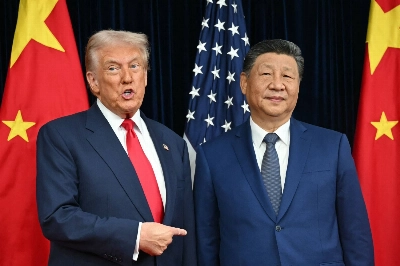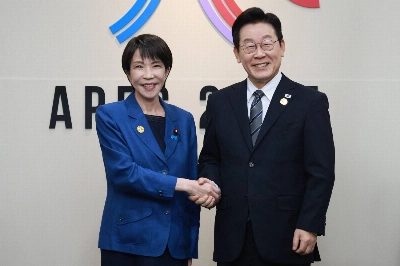Japan-South Korea ties are once again approaching a crossroads. Relations began to deteriorate significantly after the ruling last Oct. 30 by the Supreme Court of Korea concerning so-called conscripted wartime laborers. The ruling met with strong opposition from the Japanese government, rocking the basic structure supported by the Treaty on Basic Relations between Japan and the Republic of Korea concluded in 1965 and related agreements that have underpinned the bilateral relationship.
While this issue was significant in structural terms, it related solely to the continued negative legacy of the long period of colonial rule and World War II, so many observers did not initially expect it to have a direct impact on the practical relationship between the two countries.
However, that viewpoint has been overturned by subsequent developments. The turning point was the "radar incident" of Dec. 20 in the waters between Japan and South Korea. The incident occurred between a South Korean warship that was rescuing a North Korean fishing boat in distress and a Maritime Self-Defense Force patrol plane that was on patrol. According to the Japanese government, the South Korean destroyer intimidated the patrol plane by locking onto it with a fire-control radar. The act of locking onto a target using fire-control radar, commonly referred to as "lock-on," is strictly regulated as a dangerous act that can quickly lead to the use of actual weapons, potentially triggering a war.

















With your current subscription plan you can comment on stories. However, before writing your first comment, please create a display name in the Profile section of your subscriber account page.